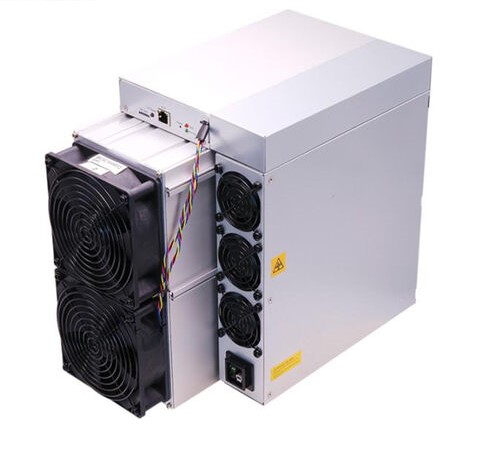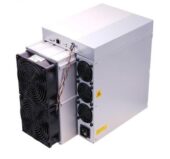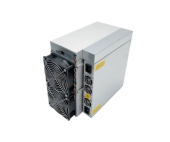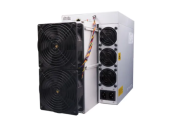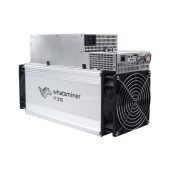Description
Bitmain, a leading manufacturer of Bitcoin mining equipment, has announced the launch of its first miner designed specifically for the Kaspa cryptocurrency (KAS). It is called the Antminer KS3.
This new device achieves a hash rate of 9.4terahashes per second (Th/s). Power efficiency is also a highlight of the KS3, with 3,188W (similar to the Bitcoin S19 XP miner). It is worth noting that Bitmain, which also makes ASIC miners for Bitcoin, Litecoin, Ethereum Classic and Zcash, has not yet disclosed the price of the KS3 for mining Kaspa.
The launch of KS3 represents an important milestone for both Bitmain and Kaspa. Although Kaspa is a relatively new cryptocurrency, it has achieved a solid position in the industry in a very short time. Kaspa's hash rate tripled in the first quarter of 2023. Towards the end of last year, after the Ethereum merger, it became one of the most profitable cryptocurrencies to mine with graphics cards (GPUs).
What is Kaspa?
Kaspa is a cryptocurrency that is based on blockchain technology, just like Bitcoin and other popular cryptocurrencies. As a beginner, it is important to understand that a cryptocurrency is a type of digital currency that uses cryptography to secure and verify transactions made on its network.
Kaspa stands out as a network specifically designed to address some challenges and limitations that have been observed in other cryptocurrencies. One of Kaspa's main features is its consensus algorithm, called kPoW (Kaspa Proof of Work), which ensures the security and reliability of the network.
One of the significant differences of Kaspa compared to other cryptocurrencies is its ability to scale efficiently. This means that Kaspa has the ability to handle a greater number of transactions per second and can grow more effectively as more users join the network. This scalability improves the speed and efficiency of transactions, which can be beneficial to the widespread adoption of cryptocurrency.
In addition, Kaspa is considered a decentralized and open source network, which means that it is not controlled by a central authority and that anyone can access its source code and contribute to the development of the platform.
